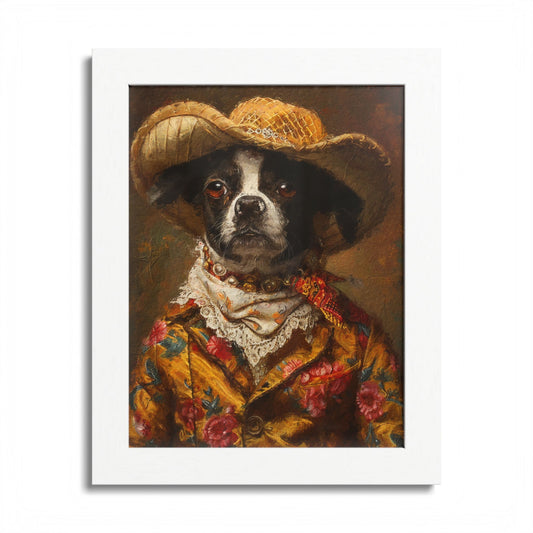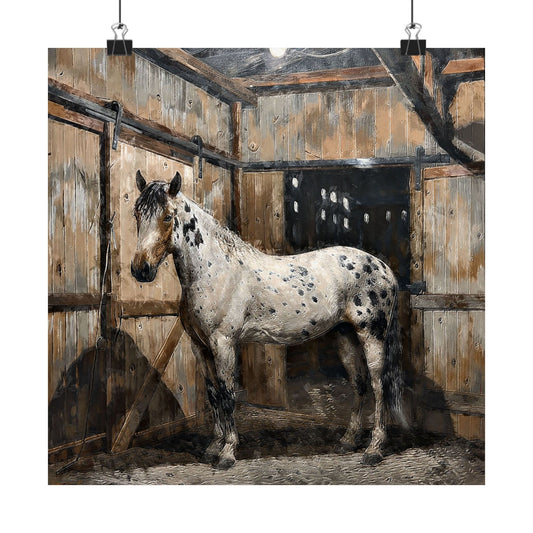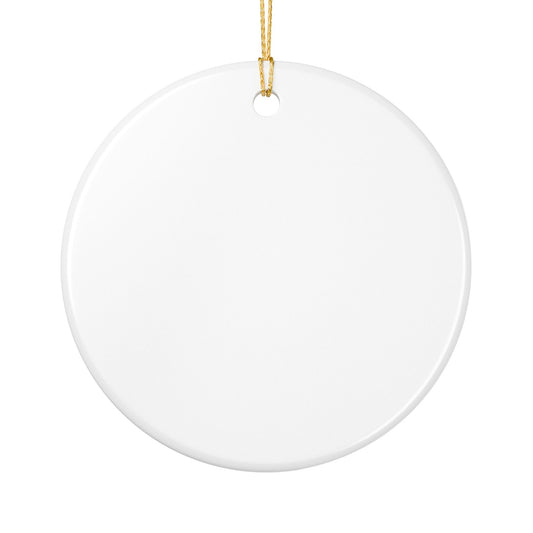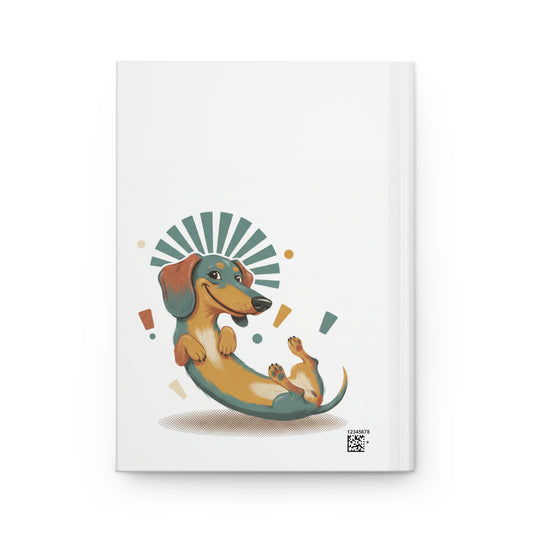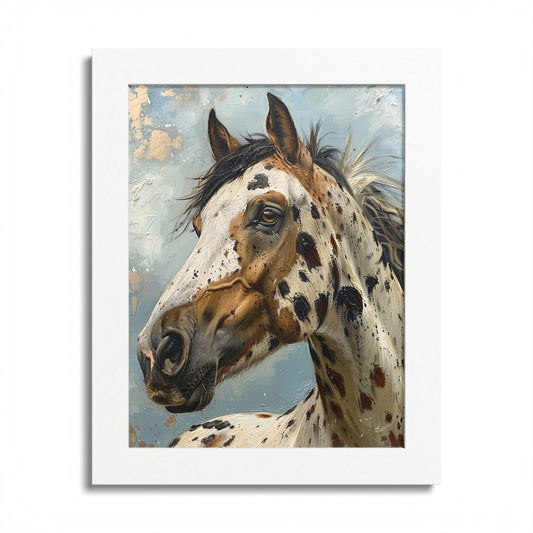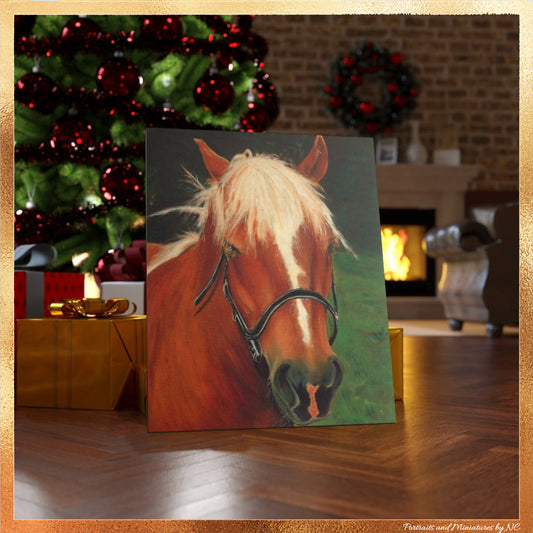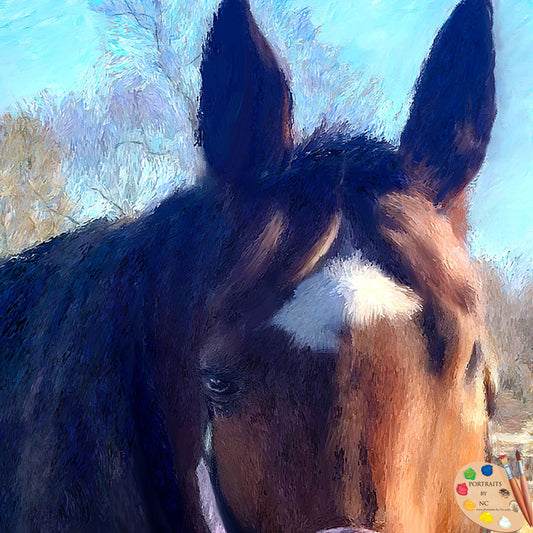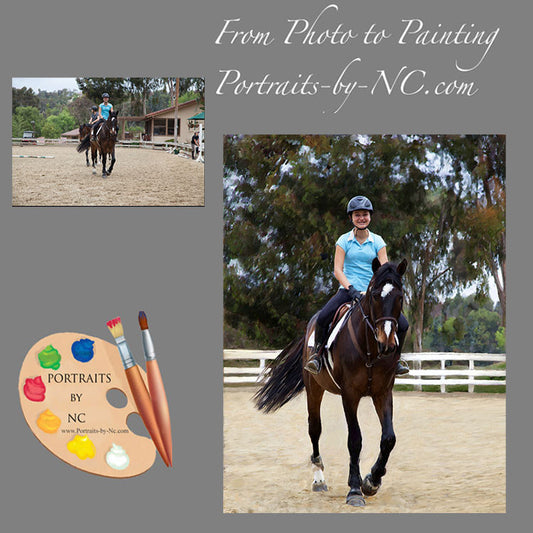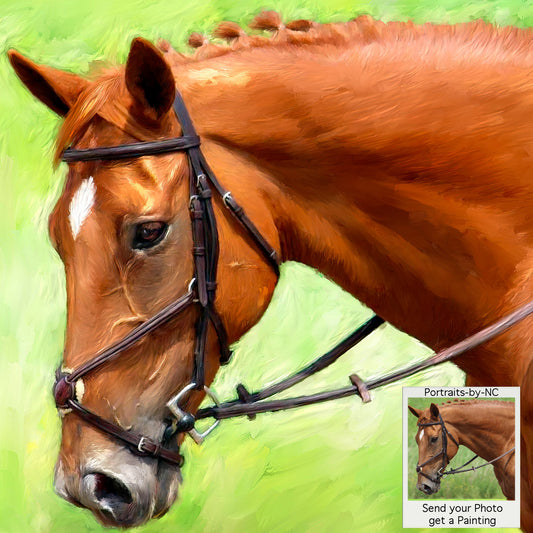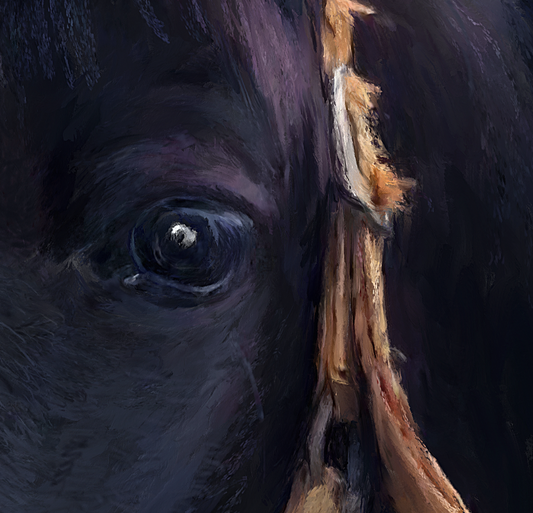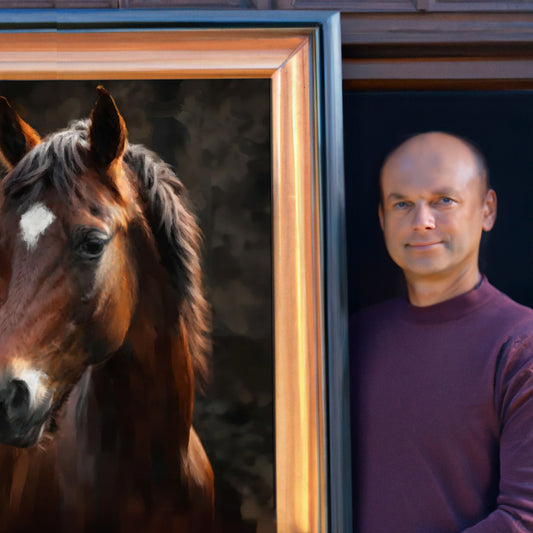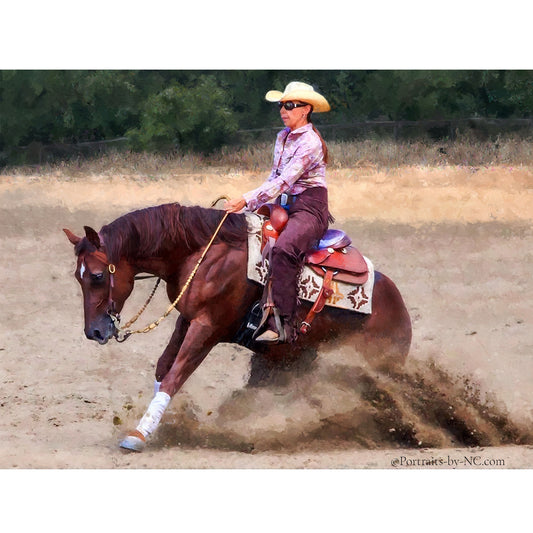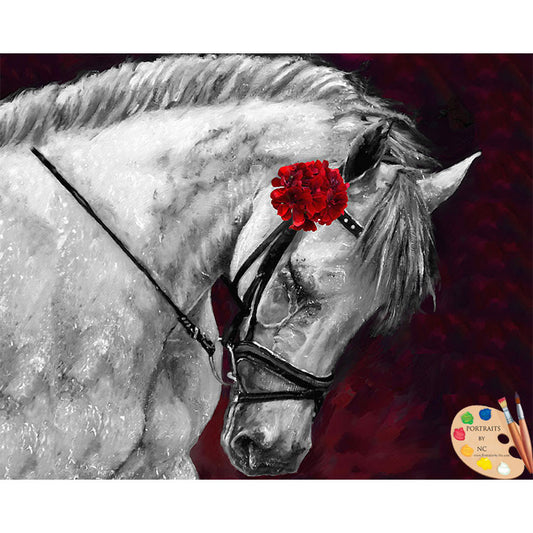Portrait of an Arab Nobleman
Share
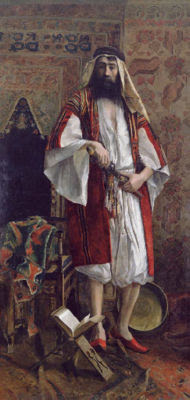 Portrait of an Arab Nobleman
Portrait of an Arab NoblemanTitle: Portrait of an Arab Nobleman
Signed 'R. Ernst'lower right
Medium: Oil on Canvas
Size: 97.5x51.5 in (247 x 131 cm.)
Austrian Orientalist
Ernst is best known for his Orientalist pictures which portray merchants, guards and pashas of the Ottoman Empire. He did paint a small number of portraits, which were commissioned during his travels in Turkey in 1890.
(On this same trip, Ernst became fascinated by faience - a technique he would himself attempt). Noteworthy too are a series of pictures of Arab sentinels and other protectors, which feature elaborately costumed male figures standing guard at entrances to marble palaces, harems, and other sacrosanct spaces. Though the entire Austrian school of Orientalists seems to have had a fascination for such scenes, it was Ernst (and his friend Deutsch) who virtually monopolized the field and captured the public's attention. Indeed, even so popular a painter as Jean-Léon Gérôme could not compete with Ernst's barrage of textures and surfaces, and thanks to the liberal use of photographs, his exquisitely rendered and highly informative records of specific weapons and garments.
Though it can be considered a variation on the sentinel theme, the present picture is remarkable in Ernst's oeuvre - and not merely because of its size, which makes it one of Ernst's largest painted canvases. The bearded sitter has long been believed to be the Algerian leader and Arab folk hero Abd el Kadir (1808-1883), a figure well known to European audiences by the middle of the nineteenth century. Abd el Kadir's absolute resistance of foreign domination, driven in the name of his Islamic faith, had become a matter of international interest. In 1845, Horace Vernet (1780-1863) had exhibited his extraordinary The Taking of the Smalah of Abd el Kadir, a picture commissioned by the King in order to both reflect France's agenda of total conquest and to justify its continued outlay of revenue in Algeria. More specifically, and as the exhaustive livret described, the panoramic work depicts the surrender of Abd el Kadir to the Duke of Aumale, the son of Louis-Philippe, and 600 of his French horsemen. Of the 5000 Algerians who took part in the battle, 300 were killed and 3000 taken prisoner, including el Kadir himself.
After a period of imprisonment in France between 1847-1852, Abd el Kadir relocated to Damascus. There, in 1860, he was credited with saving the lives of an estimated 12,000 Christians, including the French consul and his staff, during a massacre instigated by local Ottoman officials. In an ironic historical twist, the French government conferred on their former nemesis the Grand Cordon of the Legion of Honour, and additional honours followed from a number of other European governments. Historical accounts remember Abd el Kadir first for his military exploits, but also for his immaculate white burnous, his friendship with many prominent European travellers, most notably Isabel and Richard Burton, and for his later poetry and scholarly and theological pursuits.
With the end of Abd el Kadir's self-proclaimed holy war against France in 1843, artists began to travel more frequently to Algeria. (Eugène Fromentin may be considered the first major European artist to venture to the region for an extended period of time.) While there is no record of a meeting between Abd el Kadir and Ernst, certain details of the artist's work seem to dovetail with this celebrated figure. The placement of the man's hand on the sword, for example, recalls Abd el Kadir's military accomplishments, while the open text below suggests his famed religious fervor. Ernst's care in choosing a startlingly white paint to render the man's robes, moreover, might be meant as a reminder of Abd el Kadir's distinctive dress. And certainly, compelling comparisons can be made between this bearded visage and that portrayed in other contemporary visual documents. But there are other details, as well, which suggest a far different interpretation: the ornate faience tiles in the background point to Ernst's own interests at the time, and the carved Koran stand, set among other exotic still life objects, is a motif that reappears in others of his paintings. Indeed, and despite the intriguing attribution regarding the identity of the sitter, this painting might be read as a reflection of Ernst's own career, and a cumulative memory of disparate Middle-Eastern travels.
Source: Emily Weeks wrote this essay for catalog entry for Artfact.


































